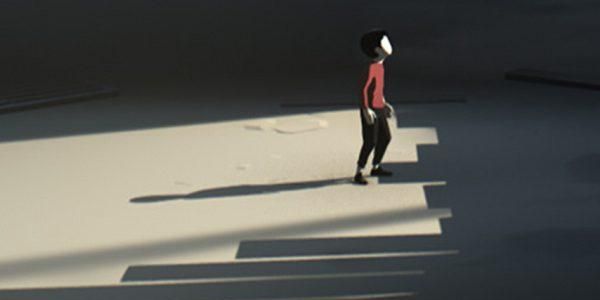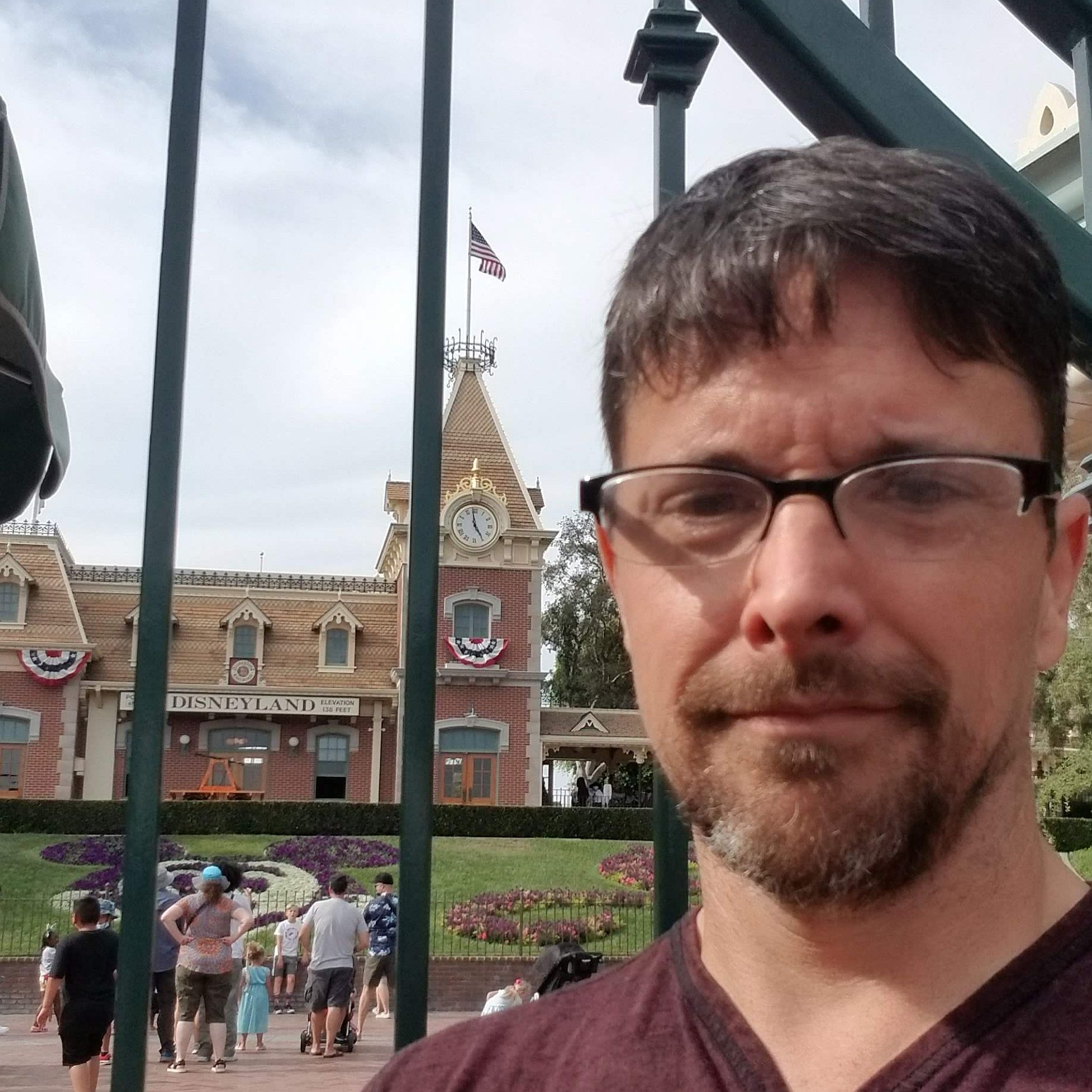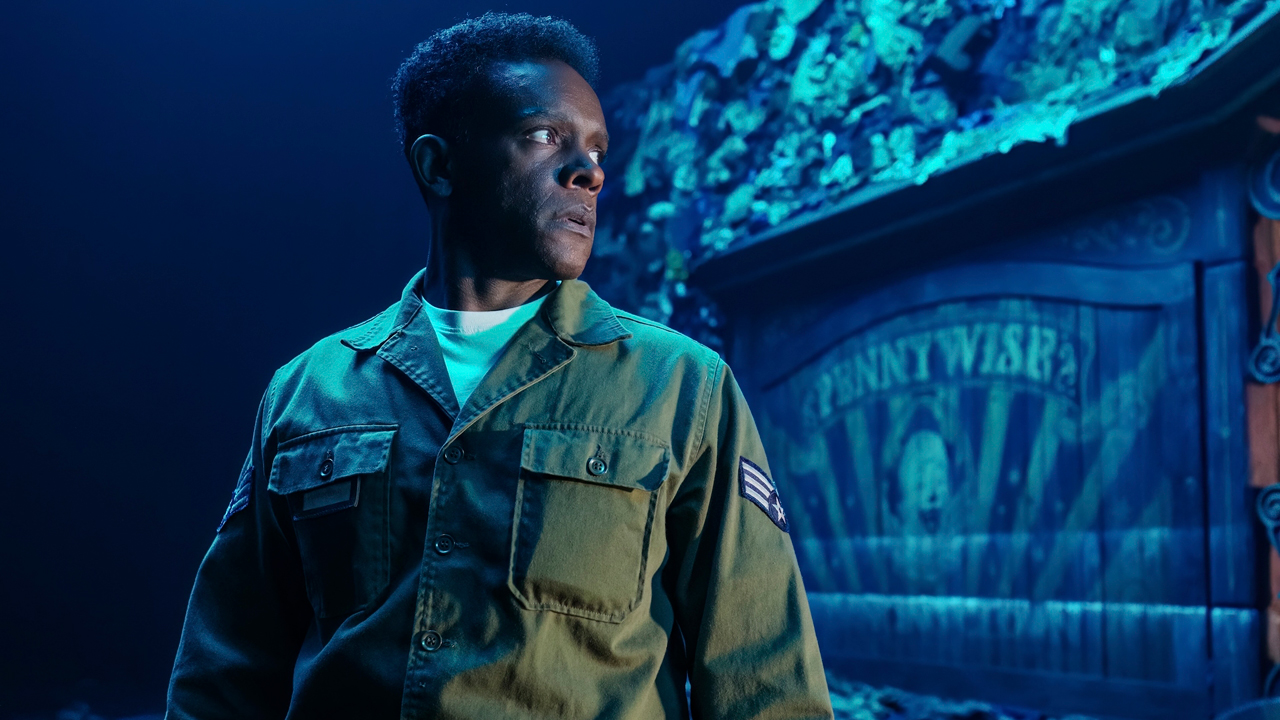Inside And Limbo Reviews: Nintendo Switch Editions

Danish indie developer Playdead made a big splash back in 2010 with the moody and atmospheric Limbo. Six years later the studio followed that up with the spiritual successor Inside, and two years after that, both titles have arrived on Nintendo Switch. While the games may not be brand new, there simple and timeless design means that neither game feels like they've aged at all, and both are right at home on Nintendo's console.
At their core, both Inside and Limbo are similar games. You take on the role of a nameless silent male protagonist, you start at the left side of the screen and you move to the right. You come across obstacles, some simple, others complex, and figure out how to get past them. Rinse, repeat. You have the ability to jump and to manipulate objects in simple ways such as pushing boxes or flipping switches.
Neither game has any dialogue or explanation as to what is going on, which includes the puzzle solving. You're left to figure out everything on your own and, while none of it is particularly difficult to solve, you'll find yourself dying frequently as you work to figure things out. Luckily, both games checkpoint often and reload quickly so you never feel like the gameplay stops with death. While the journey of the character explains enough, both games ultimately leave it to the player to figure out what they mean.
Both games are visually simplistic but that only adds to their atmosphere and experience. Limbo isn't so much done in black and white as it is light and shadow. Inside adds a touch of color, but what color there is stands in contrast to the looming darkness that surrounds everything else.
If you somehow haven't played Limbo or Inside before, and you own a Nintendo Switch, you owe it to yourself to give them both a try. Both titles translate perfectly to the Nintendo console and play perfectly smoothly in both TV and handheld modes. While I rarely play anything on the Switch without a pro controller, the simple controls of both games means that using either the Joy-Con grip, or simply playing with one Joy-Con in each hand, is easy and comfortable as neither game requires super fast reflexes or significant button mashing.
Playing the games in portable mode on the Switch works fairly well. The small screen does make it a bit tougher to see what you're doing in a few cases. The camera tends to be set further back in Inside versus Limbo, making the characters quite small at times and hard to follow. The darkness of Limbo can make that game equally hard to follow on a small screen if you have too much ambient light in the room that you're playing in. Still, these are minor issues and overall either game is great to play and with a pair of headphones, you can be absorbed in each world regardless of where you are.

The only real problem is that both of these games have been out for some time and neither title has added anything new or special as part of the Switch release. If you've already played them, there's no reason to pick up the Switch version unless you desperately need a version you can play on the road, but the replayability of both titles is fairly minimal, so that's unlikely. Inside does have a secret ending but that might be the only reason to replay either title, and it's not like either ending actually explains anything.
Your Daily Blend of Entertainment News
If you missed one or both of these games, however, the Switch certainly makes these the most versatile versions available.
This review was done with copies of the games provided by the publisher.

CinemaBlend’s resident theme park junkie and amateur Disney historian, Dirk began writing for CinemaBlend as a freelancer in 2015 before joining the site full-time in 2018. He has previously held positions as a Staff Writer and Games Editor, but has more recently transformed his true passion into his job as the head of the site's Theme Park section. He has previously done freelance work for various gaming and technology sites. Prior to starting his second career as a writer he worked for 12 years in sales for various companies within the consumer electronics industry. He has a degree in political science from the University of California, Davis. Is an armchair Imagineer, Epcot Stan, Future Club 33 Member.
